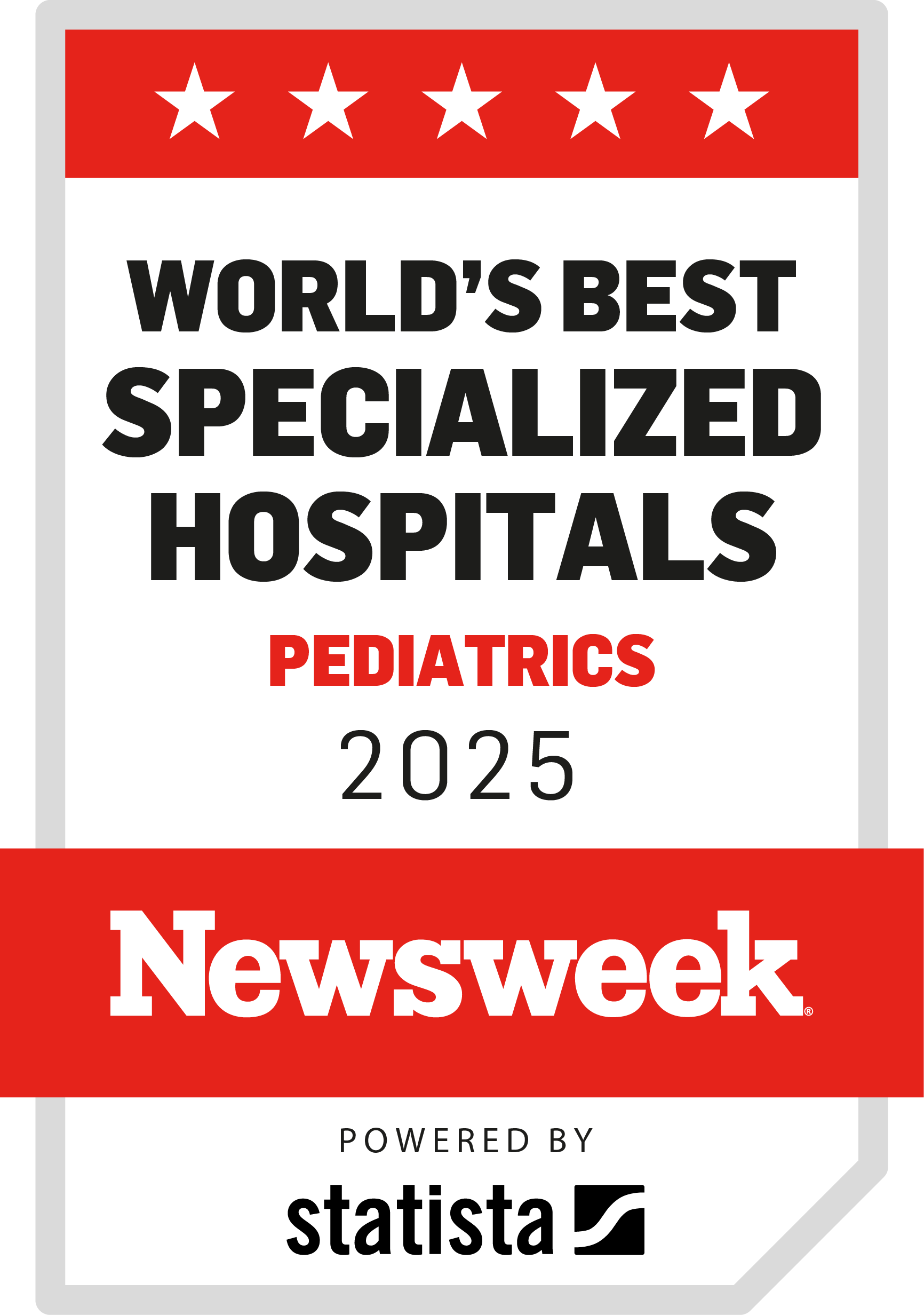Human Parainfluenza Viruses HPIV | Symptoms & Causes
What are the symptoms of human parainfluenza viruses?
What causes HPIVs?
HPIV are contagious. They are most commonly transmitted from a sneeze, but can also be caught by coming in contact with infectious material then touching your eyes, nose, or mouth. The virus can stay alive in the air for up to an hour.
Human Parainfluenza Viruses HPIV | Diagnosis & Treatments
How do we diagnose human parainfluenza virus?
In addition to a complete exam and knowledge of regional outbreaks, your doctor may use the following to diagnosis HPIV:
- Blood test
- Nasal swab
- Chest X-ray
How we care for HPIV
There is no cure for HPIV. Once your child is infected, the virus needs to run its course. Antibiotics are not useful. Instead, treatment is aimed at reducing the symptoms.
HPIVs usually cause mild symptoms that can be treated at home. Some ways to reduce the severity of the symptoms include:
- Drinking plenty of fluids such as water and juice
- Acetaminophen or ibuprofen (as instructed by your child's doctor) for fever or discomfort
- Keep your child as quiet and calm as possible to help decrease the breathing effort
- Cool mist humidifier in your child's room


